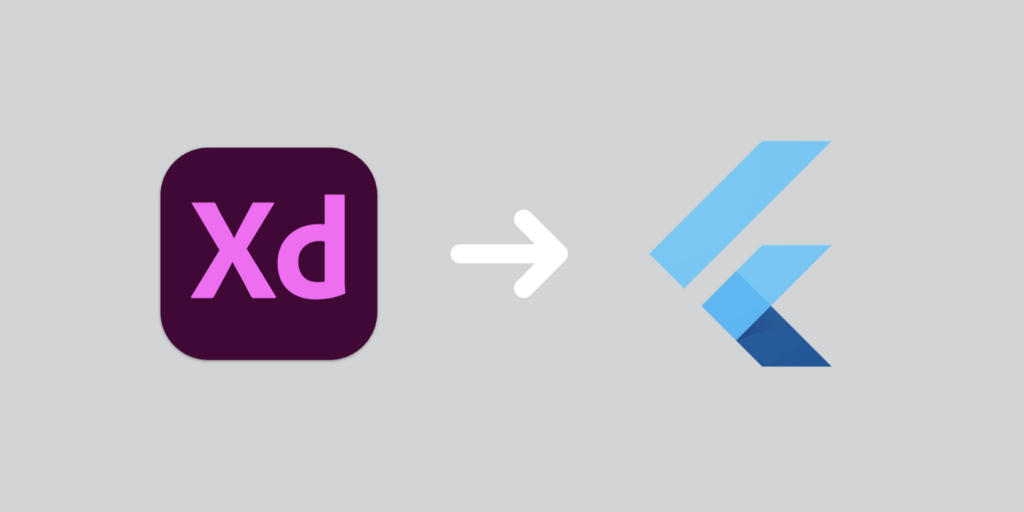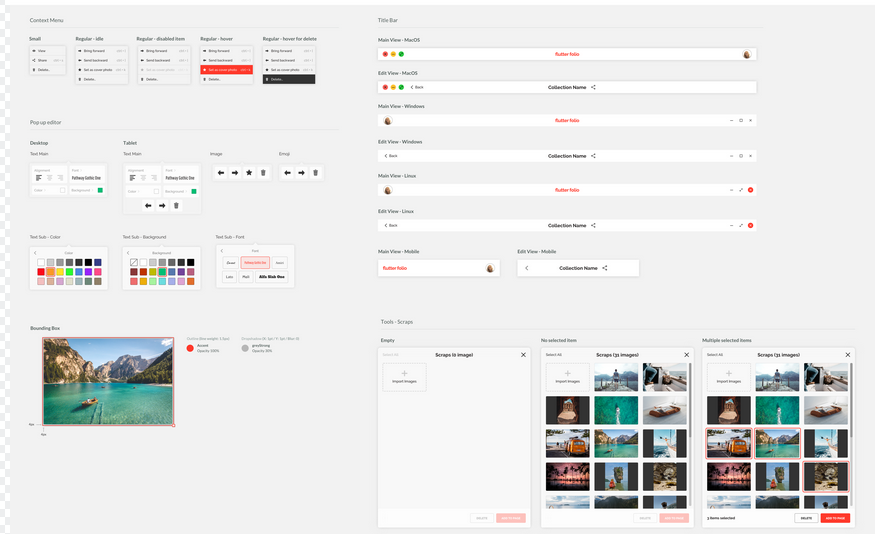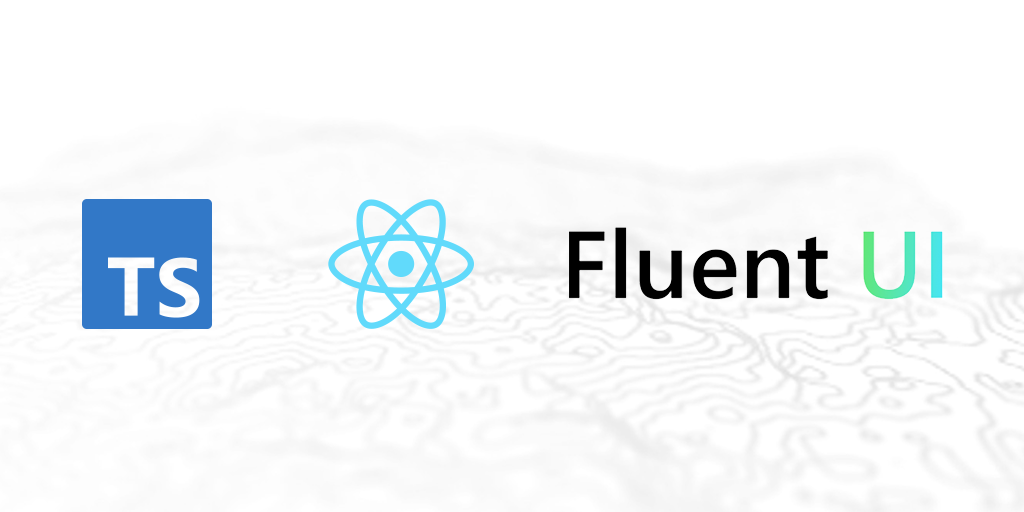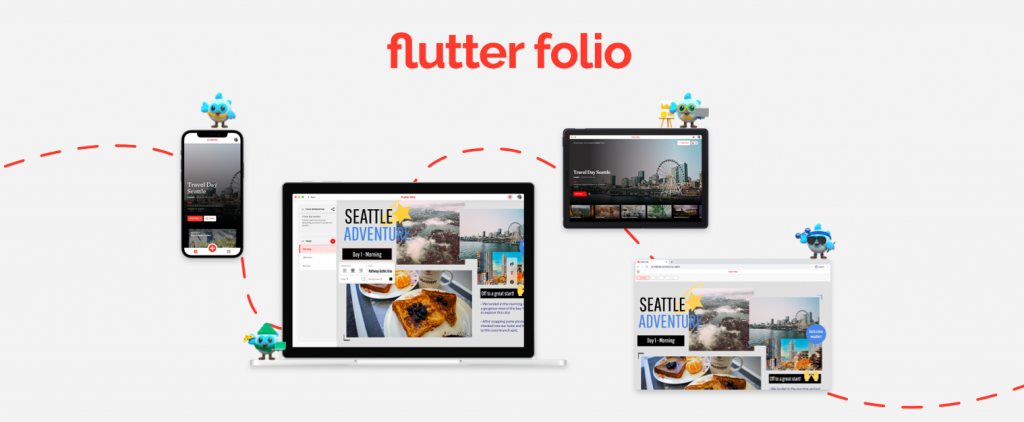I’m very excited to announce the release of v3.0 of the “XD to Flutter” plugin, with a number of powerful new developer features.

Prior to v1.0, the primary goal was just to output as much of the content in Adobe XD to Flutter as possible: Vector graphics, text, images, fills, blurs, blend modes, etc. Version 1 tackled responsive layout, and v2.0 built on that with support for stacks, scroll groups, and padding. Version 2 also included the ability to export null-safe code, a critical developer feature for working with Flutter 2.
In v3.0 we’ve doubled down on improving the workflow for developers, including providing new ways to clean up the exported code and integrate dynamic content.
Continue reading →





